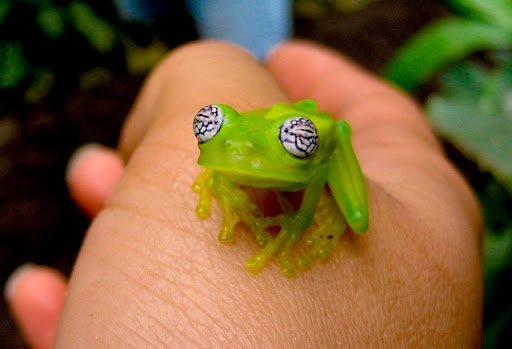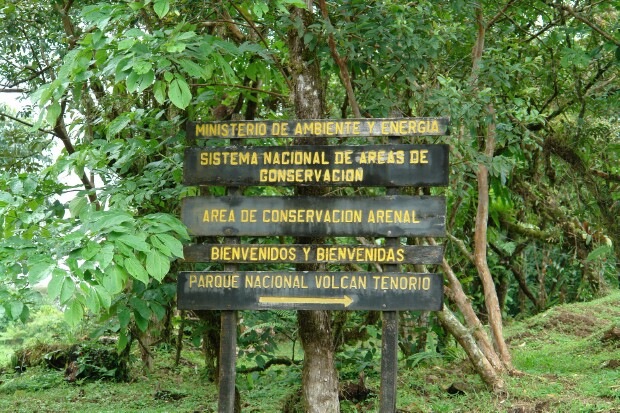Costa Rica News – For many of us that have lived in Costa Rica, the “green” image that Costa Rica wants to present to the rest of the world, might only work as smoke and mirrors to tourists that are in the country for a short period of time.
 Although the Costa Rican government and institute for tourism wants to keep this image to attract more visitors, they are not willing to put in the time, effort, money and man power.
Although the Costa Rican government and institute for tourism wants to keep this image to attract more visitors, they are not willing to put in the time, effort, money and man power.
Renowned as an eco-tourism destination, Costa Rica is rich in wildlife, but lacks the financial and technical resources to adequately conserve its green areas.
The country gained its reputation as a green destination thanks to an abundance of rain forests.
A quarter of the small Central American country is under some kind of protection, designated as a national park, a biological reserve or a wildlife refuge.
According to the country’s 5th report to the Convention on Biological Diversity, the protected areas are home to at least five percent of the world’s biodiversity.
While Costa Rica’s wildlife has contributed about five percent of the country’s overall gross domestic product (GDP) since 2009, programs to protect these areas are underfunded.
A study by the state-run National University (UNA) reveals that underfunding has had a negative impact on at least 80 percent of 128 protected areas studied.
The problem is “not just financing,” but also a lack of “proper management” of these areas, the university study said, adding that one solution lies in better education.
“Here we develop an educational program in which children at schools around the (protected) area can come and spend the day learning about the forest, realising that it is a water factory and that society must compensate it for what it has generated for us,” the study said.
Costa Rica’s National System of Conservation Areas (SINAC), the agency responsible for overseeing the protected areas, is mainly funded by the state budget, but also receives funds from tickets that visitors purchase when visiting sites such as the Irazu Volcano National Park, Poas Volcano National Park and Manuel Antonio National Park.
Still, most of the parks are either understaffed or have staffs that are inadequately trained, while still others are assigned an erratic number of supervisors, the report found.
“Tenorio (Volcano National Park) has five officials for 5 530 hectares, while Tortuguero (National Park) has no officials and extends over 5 800 hectares,” the study said.
This leads to poor supervision on hunting, logging or illegal mining for gold, problems the parks must combat.
Jose Baltodano, who works for the Tempisque Conservation Area, believes the answer lies in integrating local residents into the conservation projects.
“This year a law was passed specifically for the refuge that will allow families who have always been there to receive concessions. That will allow us to work more closely with the community,” Baltodano said, according to the university study.
By javier cordoba, Iol.co.za, Edited by Dan Stevens

